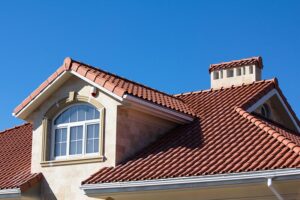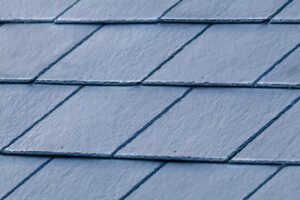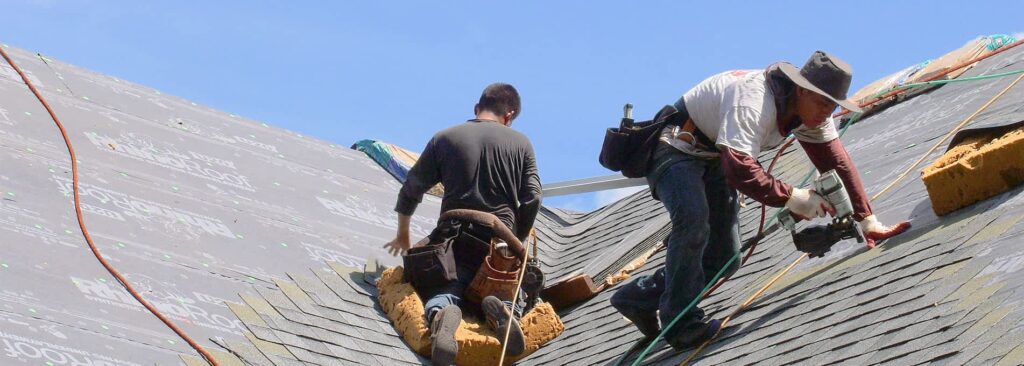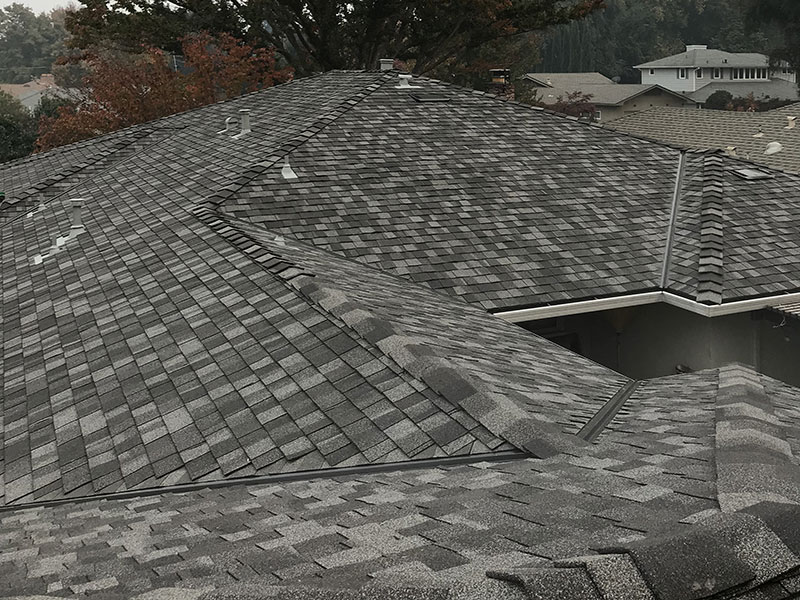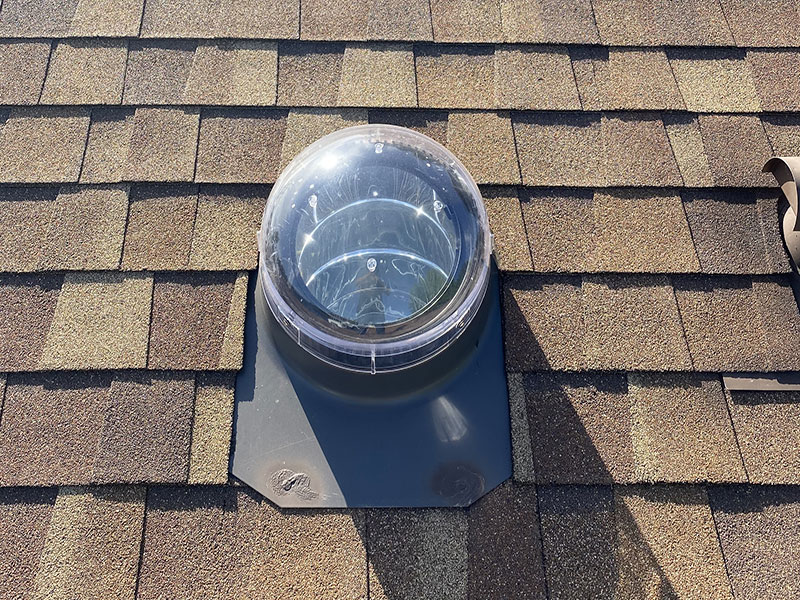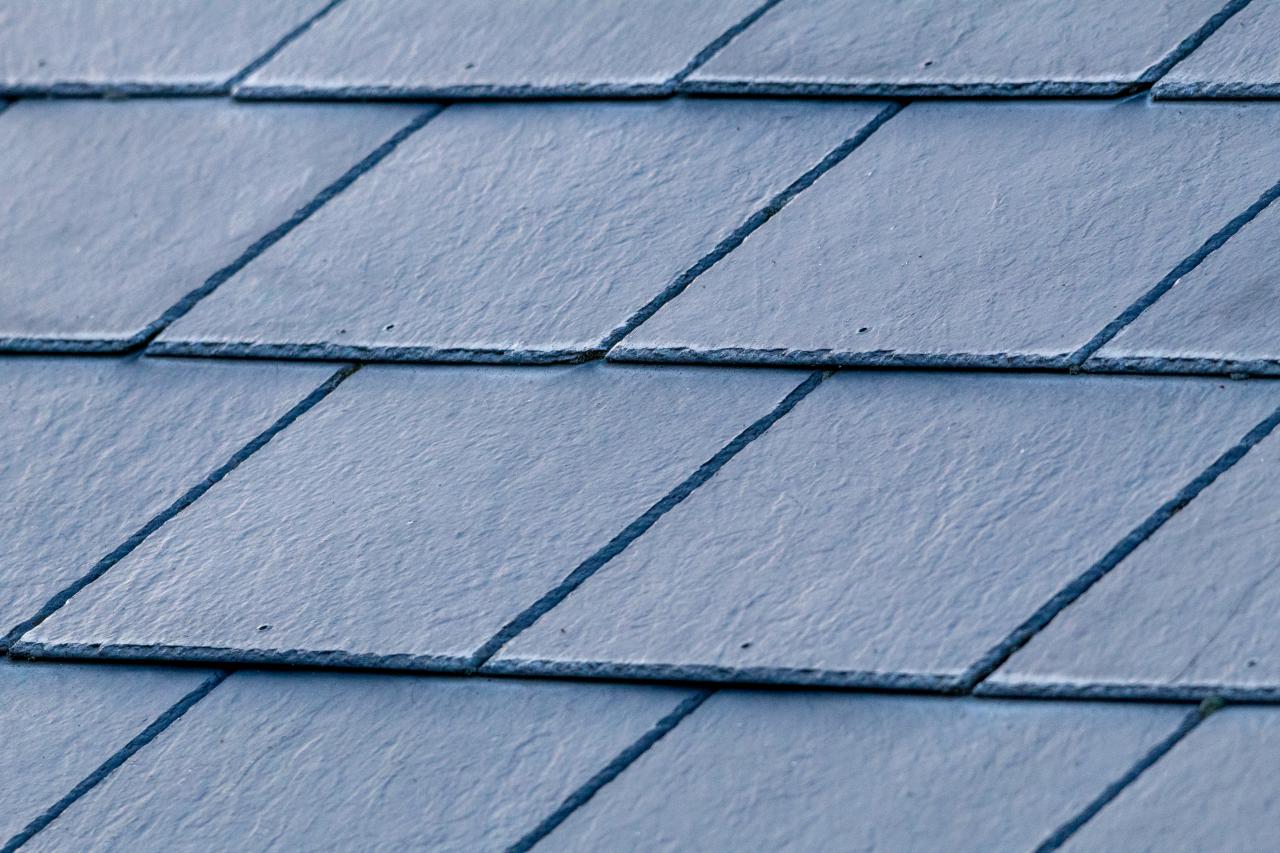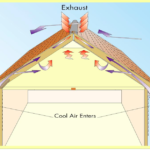Tile Re-Roofing / Roof Replacement
Frequently Asked Questions
What should I look for after replacing a tile roof?
Pay Attention to Minor Details
Check the flashing that protects the roof from water leaks. When roofing, flashing is used. It’s made of aluminum or steel. Confirm if the contractor installed it around the wall intersections around the skylights and chimneys.
Should I stay home during a tile roof replacement?
The truth is, it’s completely up to you if you want to stay home during your roof replacement. Maybe you want to ensure your roof is being properly installed or you want to be there to ask your contractor questions if they come up.
What are common signs I might need a new tile roof?
It’s been 20-25 years since the roof was replaced.
Water is leaking into your home or business.
Shingles are visibly cracked or damaged.
The roof sags.
There’s mold in your home or business.
Moss is growing on the roofing material.
How long does it take roofers to replace a tile roof?
In general, the roof of an average residence (3,000 square feet or less) can be replaced in a day. In extreme cases, it could take three to five days. Depending on the weather, complexity, and accessibility of your home it could even take up to three weeks.
Why Can’t I Just Install My Own Tile Roof?
If your existing roof is installed relatively recently, chances are, you can. There are two factors that can affect this change. One is the slope of the roof; certain materials like slate are ideally installed on steep-sloped roofs. The other is the weight of the new roofing material. Metal is compatible with just about any existing roof structure thanks to its relatively lighter weight, however, tile and slate are much heavier. You should have your roofing contractor check your roof if it can accommodate the added weight.
Can I Just Have the New Tile Roof Installed Over the Old One?
While it is possible to install a new roof over the old one, it is not a good idea in the long run. Materials like shingles are ideally installed as flat as possible, which is something that can’t be done if the old roof is still present. There’s also the weight concern, as the roofing weight is practically doubled. Finally, if the roofing structure or insulation has hidden issues, there will be little chance to get it fixed.
Can I Choose Tile/Slate/Metal Instead of Asphalt Shingles?
We’re sure that there are some homeowners who can install their own roofs, but there are some risks with DIY. For instance, certain roofing systems have specific installation processes that require factory training. Improper installation can result in compromised performance. There’s also the matter of warranty. Installing the roof yourself means you’re on your own if any problem arises from installation errors, whereas you get full warranty coverage on a professionally-installed roof.
What are the signs that my tile roof needs a replacement?
The first sign is the frequency of problems. For instance, if your roof has been leaking and even after repairs it’s repeating then replacement is your go-to option. Other signs include serious damage (e.g. after storms), the age of your roof, missing or torn shingles or loose flashings.








